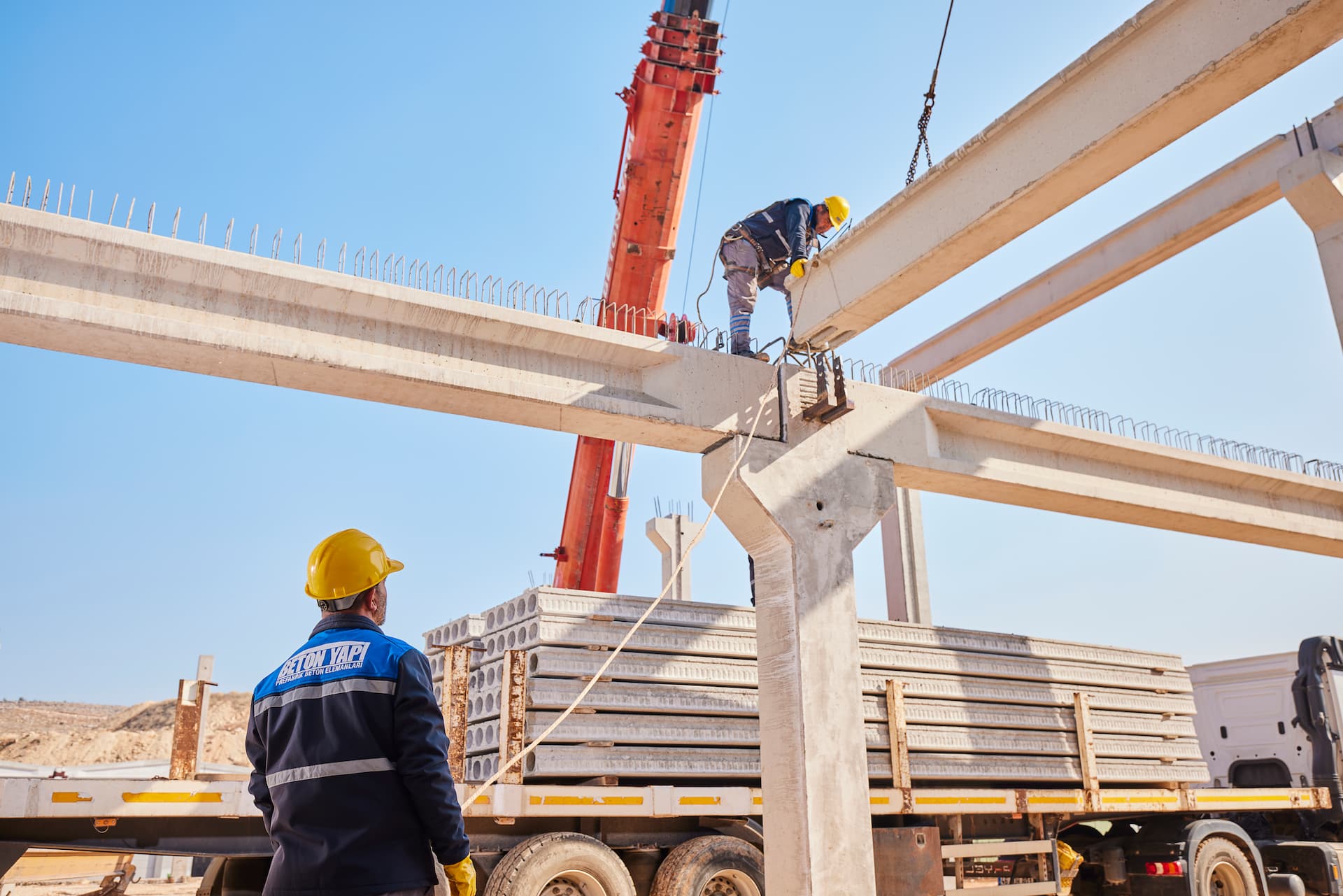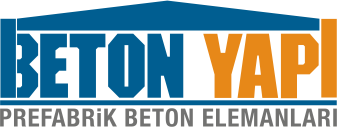
Prefab Building Trends and Expectations for 2025
30.04.2025The construction industry is continuously evolving under the influence of technology. The year 2025 promises groundbreaking developments, particularly in the field of prefabricated buildings. In this article, we explore the major trends and expectations shaping the future of prefabrication.
How Are Prefabricated Structures Transforming?
Prefabricated buildings are no longer just about fast assembly and cost-effectiveness. Design flexibility, durability, sustainability, and technology integration are becoming the new pillars of modern prefab structures. As of 2025, prefab systems will form the backbone of innovative living and working spaces worldwide.
1. Eco-Friendly Prefab Systems
Reducing carbon emissions is now a necessity rather than a choice. By 2025, the use of recyclable materials in prefab buildings will become standard. Natural insulation materials, water-saving plumbing systems, and green roof installations will be integral features of eco-conscious projects.
2. Smart Prefabricated Buildings
The rapid advancement of IoT (Internet of Things) technologies is also influencing the prefabricated construction sector. Smart energy management, remote building control, sensor-based security systems, and automated climate control will become standard features in next-generation prefab structures.
3. Modular and Rapid Assembly Solutions
In 2025, speed in construction will be more critical than ever. Modular prefab solutions will reduce project completion times by up to 50%. Factory-produced modules delivered directly to construction sites will allow even large residential projects to be completed within just a few months.
4. Earthquake-Resistant Prefab Systems
Earthquake resilience will become a standard feature, especially in seismically active countries like Turkey. Prefabricated structures with enhanced seismic resistance and specialized connection systems will offer safer solutions, combining speed and safety effectively.
5. Aesthetic and Custom-Designed Prefabricated Structures
Design freedom is becoming increasingly important for both investors and individual users. Standardized projects are giving way to fully customized prefabricated buildings. Architecturally sophisticated modern prefab houses will surpass expectations in both functionality and aesthetics.
Expectations from Prefab Buildings in 2025
- Energy-efficient structures will become indispensable.
- Green building certifications (LEED, BREEAM) will become more common in prefab projects.
- Fast investment returns through quicker project completions will be a major priority.
- Advanced engineering and technology will optimize production processes.
- Prefab structures will play a key role in large-scale urban development projects.
The Future of Prefabricated Buildings
Prefabricated structures will no longer be limited to residential projects but will expand into hospitals, schools, public buildings, logistics centers, and factory complexes. Offering fast, durable solutions for rapidly growing urban populations, prefab construction will take center stage in achieving both economic growth and environmental sustainability goals.
Prepare for the Future with BetonYapı
BetonYapı is committed to integrating all emerging prefabrication technologies into its projects for 2025 and beyond. If you want to be part of the future with smart, aesthetic, and durable prefab solutions, now is the time to collaborate with BetonYapı’s expert team!
The year 2025 marks the beginning of a new era in the prefab building sector. Eco-friendly, technology-driven, fast, and safe construction solutions will shine both in individual and corporate projects. Secure your place among tomorrow’s leaders by choosing BetonYapı for your next prefab project. Contact us today to learn more.
Frequently Asked Questions
Can prefabricated structures be equipped with smart systems?
Yes, by 2025, IoT-based automation will become a standard feature in prefabricated buildings.
What is the lifespan of prefabricated buildings?
With proper maintenance and the use of modern materials, prefab buildings can last 50 years or more.
What are the requirements for obtaining a green building certification with prefab structures?
Energy efficiency, water conservation, sustainable material usage, and effective waste management are key criteria.


